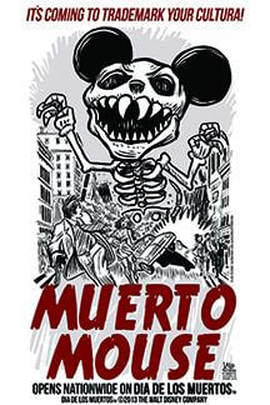 Before Lalo Alcaraz became a cultural consultant on Coco, he criticized Disney's trademarking actions through this cartoon.
Before Lalo Alcaraz became a cultural consultant on Coco, he criticized Disney's trademarking actions through this cartoon.
Since its very early production and onward, Coco (Unkrich 2017) has been a controversial film for Disney to make. Disney started production on Coco as early as 2013, when they tried to copyright ‘Dia de los Muertos’ for a list of goods and services. However, many criticized the decision, including Mexican political cartoonist, Lalo Alcaraz. He led the backlash against Disney’s corporate actions, even drawing a cartoon titled ‘Muerto Mouse’ which depicted Mickey Mouse as a giant, skeletal monster and had the subtitle “It’s coming to trademark your cultura!”. Eventually, Pixar hired Alcaraz onto Coco as a creative/cultural consultant to repair relationships with the Latino community.
While this was one hurdle that Disney managed to overcome, there was also the problem of Coco being too similar in concept and story to Book of Life (Gutierrez 2014), another film that’s centered around Dia de los Muertos. Journalists and movie-goers alike noticed and took to the web to voice their criticisms. One writer for the website Cartoon Brew expresses his distaste for a “white Jewish gentleman” like Lee Unkrich directing a film “rooted in a centuries-old Mexican tradition.” He further accuses Unkrich of wanting to “appropriate Mexican culture for the purpose of boosting an American corporation’s bottomline.” However, after Coco was released in November 2017, it received rave reviews from fans and critics alike and reached $744.9 million in the box office. The film’s release calmed many of those who feared it would blow up in disaster. Despite the controversies surrounding it, Coco proves that it can not only coexist with Book of Life as a film about Dia de los Muertos, but also that both films supplement each other with Mexican culture.
Amidi, Amid. "Pixar Announces Day of the Dead Film 'Coco'" Cartoon Brew. https://www.cartoonbrew.com/pixar/pixar-announces-day-of-the-dead-film-coco-117684.html
Ramirez, Margaret. "'Saint Death' Comes to Chicago" Chicago Tribune. http://www.chicagotribune.com/news/nationworld/death-chicago-08-story.html

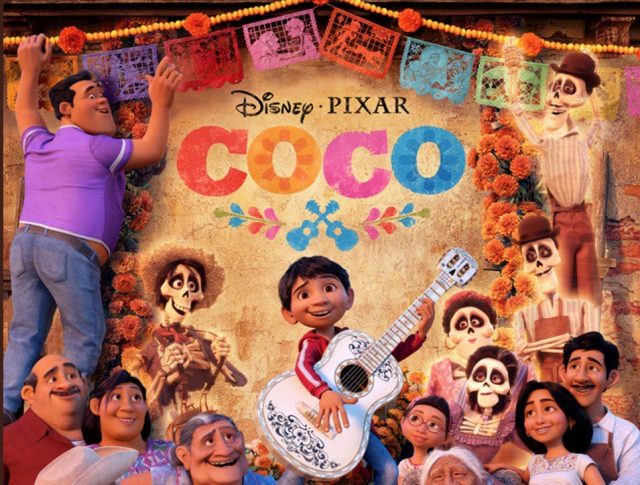

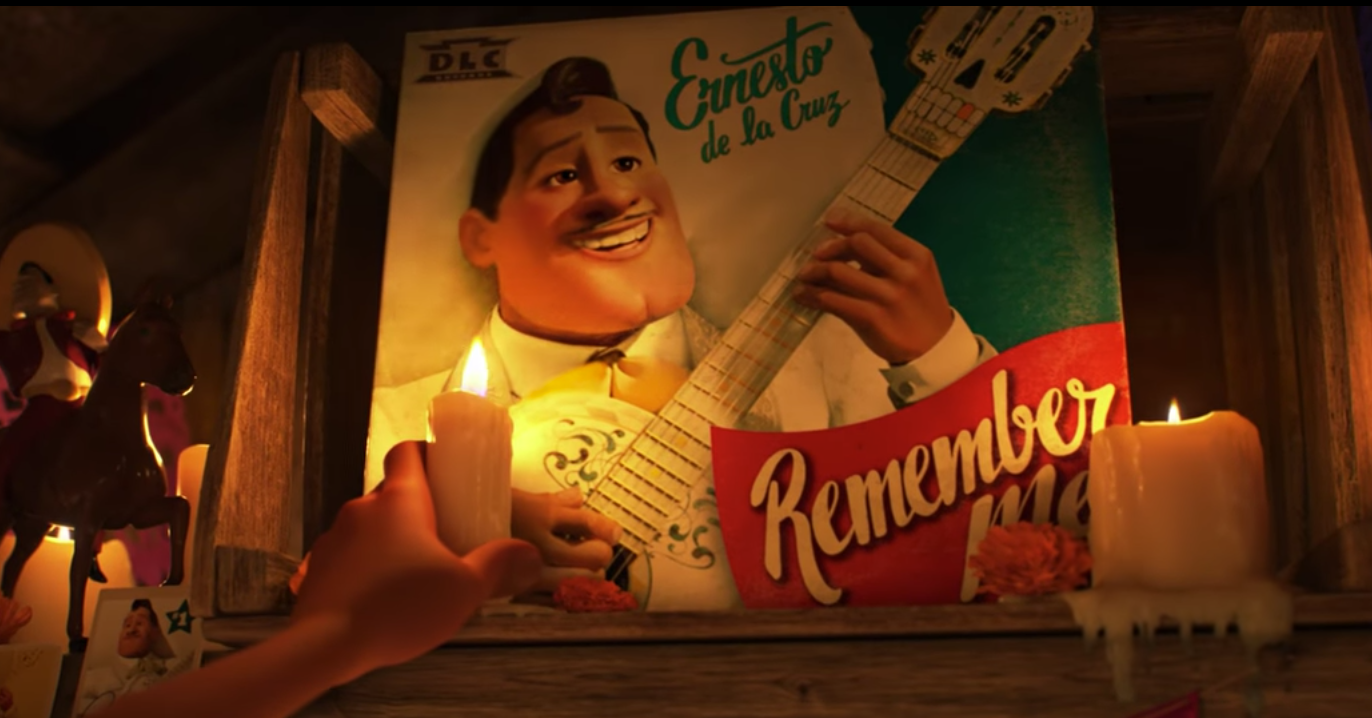
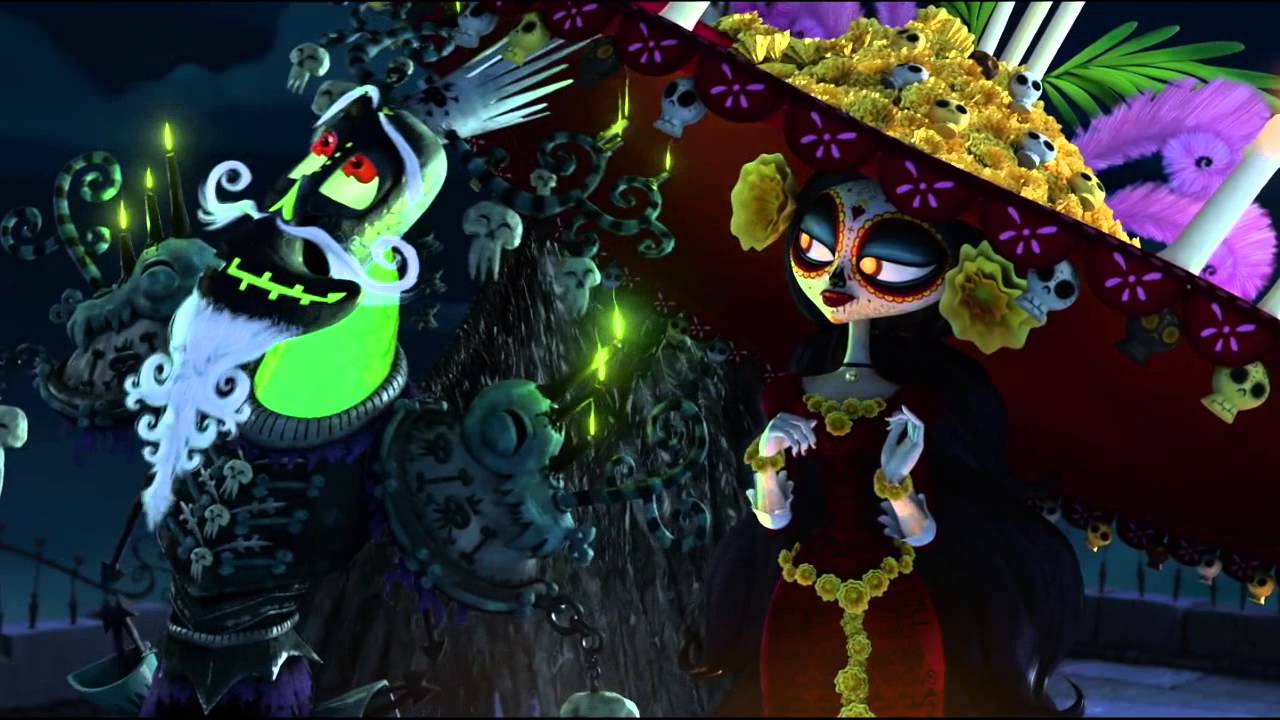
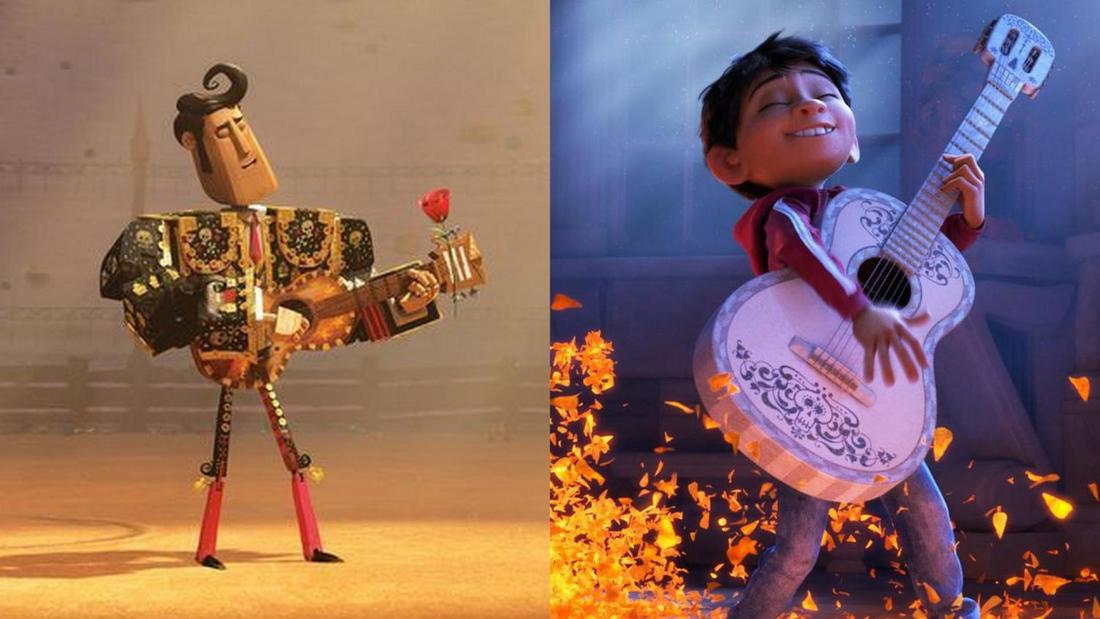
 RSS Feed
RSS Feed
